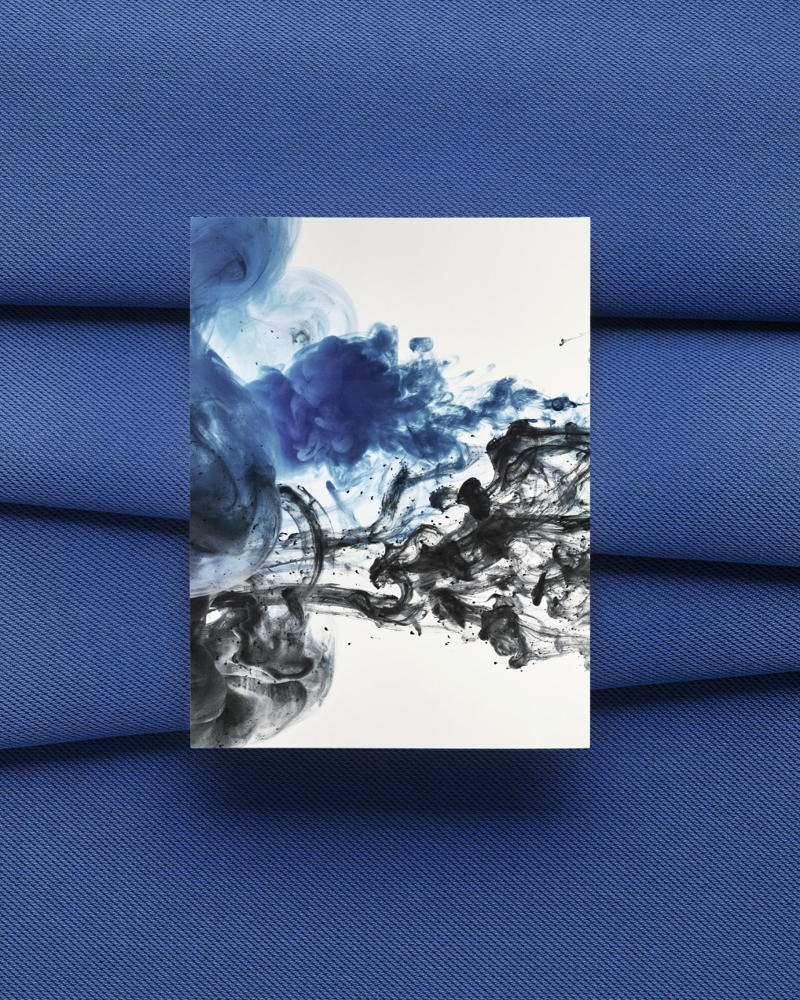Diade by Kapwani Kiwanga
For Salone del Mobile 2025, Kvadrat and artist Kapwani Kiwanga present an immersive installation, where innovation and artistic expression come together to mark the launch of Diade, a new upholstery textile made entirely from ocean-bound plastic waste.
April 8, 2025
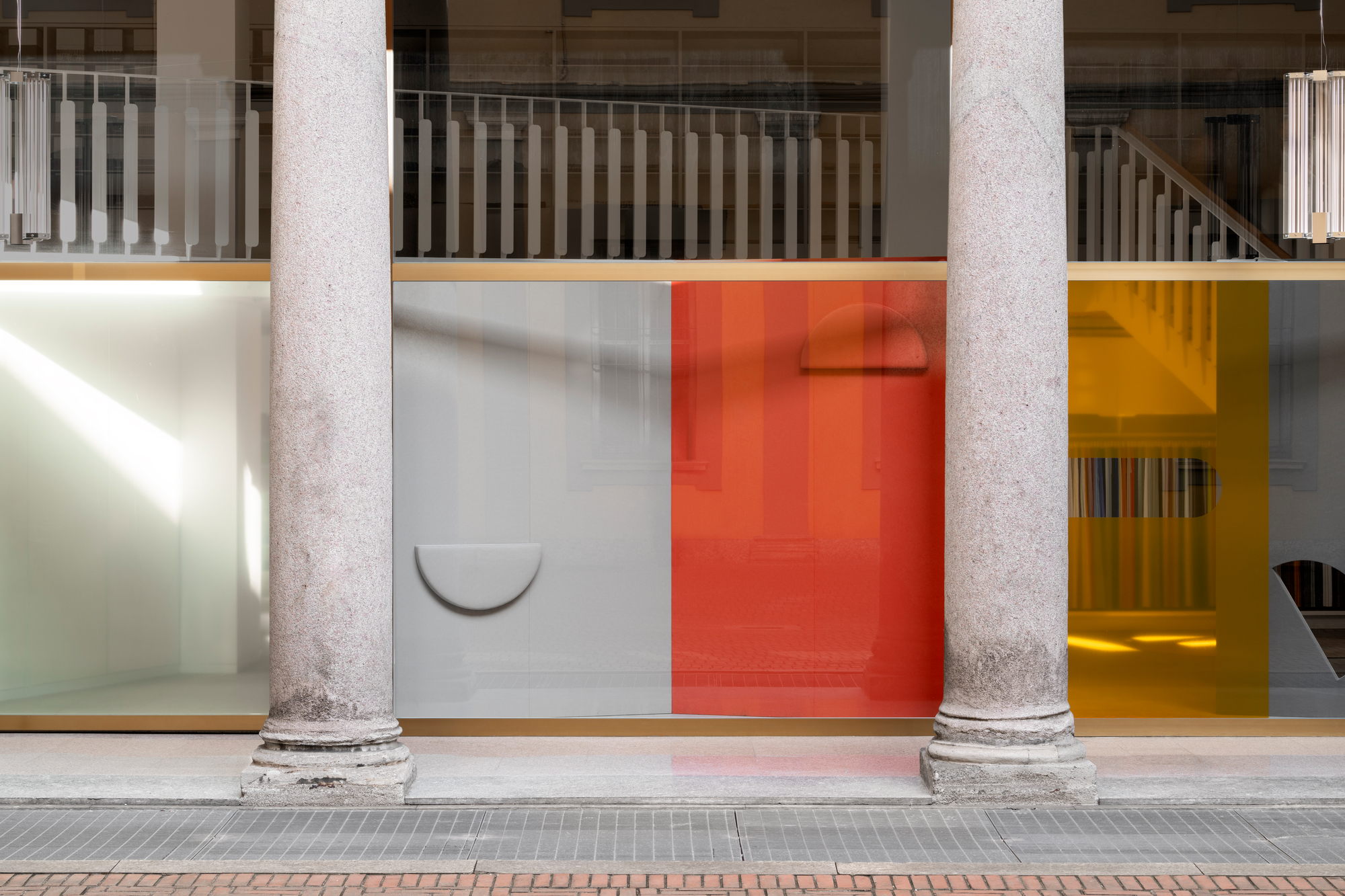-LOW_SRGB_JPEG.jpg)
Diade is the latest expression of Kvadrat’s longstanding commitment to pushing the boundaries of textiles and design, through collaborations with world-leading artists, designers, and architects. The innovative textile is woven from recycled polyester made from 100% ocean-bound plastic waste and explores the colour universe of artist Kapwani Kiwanga.
The name, Diade, derives from the Italian word for something that consists of two parts and refers to the duality in the design. Inspired
by the iridescence of colours in nature, and the way they appear or disappear depending on the angle at which one observes them, the surface reveals two different expressions of pattern. This prismatic effect has been created with a deconstructed twill-weave, which unites a diagonal line of one colour in the warp, with a straight line of another colour in the weft. The textile brings Kiwanga’s distinctive universe to life through a dynamic interplay of tones and textures.
This duality is further explored through an installation of contrasts – between opacity and transparency, softness and structure, the individual and the whole. Inside Kvadrat’s showroom, visitors encounter sculptural tables designed by Kapwani Kiwanga. The pieces feature bases upholstered with the new textile, which support glass tops that capture the ocean-bound polyester yarns used for Diade, in an array of colours. They are complemented by upholstered crescent-like forms that showcase the textile’s excellent functional performance and further glass panels with the suspended yarns, hanging throughout
the space. Outside the showroom, large panels of Diade in assorted colourways flank the front facade. Together with a matching vitrine, these elements provide rich insights into the character of the new upholstery and showcase the artists celebrated eye for colour, artistic vision, and talent for articulating compelling narratives.
Kapwani Kiwanga: “To be involved in developing a product which is future leaning, was inspiring. In working with ocean-bound plastic waste, we were able to approach a difficult reality with creativity, colour and ingenuity to inspire alternative choices.”
The colourways for Diade each combine two individual tones. The lively colours – sky blue, sun yellow, airy green and faded orange – capture the essence of dynamic colours found in nature, such as in the glistening movement of bird feathers. In contrast, the neutral palette features earthy, grounded tones of wood, stone, and off-white.
Ocean-bound plastic
The ocean-bound polyester used to craft Diade exemplifies Kvadrat’s conscious design principles. The yarns are created in close collaboration with #tide, a Swiss-based company committed to conscious entrepreneurship and building a global supply chain for premium second-life raw materials made from ocean-bound plastic waste.
Ocean-bound plastic can be defined as waste that is likely to end up
in the ocean. #tide works with local communities in areas where better waste management infrastructure is needed to prevent plastic waste from reaching the ocean by collecting it from the coastlines and removing it from the ocean. The waste is collected no further than 10km from coastlines and on remote islands in Thailand. It is then sorted, ground into plastic chips, extruded into filaments, and spun into yarn.
Importantly, as most of the plastic waste is collected further from
the ocean, it has not yet started to disintegrate. Consequently, it leads to recycled polyester of superior quality. It offers the same level of performance as virgin polyester without requiring the addition of virgin polyester or recycled polyester from other sources. It is also recyclable.
NOTES FOR THE EDITORS
Kvadrat showroom
Corso Monforte 15
20122 Milan
Opening hours
Tuesday – Wednesday, 10am – 8pm
Thursday, 10am – 6pm
Friday, 10am – 8pm
Saturday, 10am – 6pm
Sunday, 10am – 4pm
About Kapwani Kiwanga
Kapwani Kiwanga, born in Hamilton, Canada, lives and works between Paris and Berlin. Her work traces the pervasive impact of power asymmetries by placing historical narratives in dialogue with contemporary realities, the archive, and tomorrow’s possibilities.
It is research-driven, instigated by marginalised or forgotten histories, and articulated across a range of materials and mediums, including sculpture, installation, photography, video, and performance.
Her work has won numerous awards, including Sobey Art Prize (Canada, 2018), the Marcel Duchamp Prize (France, 2020), and the Zurich Art Prize (Switzerland, 2022). In 2025 she has been shortlisted for the Joan Miró Prize. Kapwani Kiwanga showed her work extensively as solo projects such as Copenhagen Contemporary (DK); SerralvesFoundation, Porto (PT); Bozar, Brussels (BE); Remai Modern, Saskatoon(CA); Kunstmuseum Wolfsburg (DE); Capc, Bordeaux (FR); MOCA, Toronto (CA); Museum Haus Konstruktiv, Zurich (CH) ; New Museum, New York (USA) etc... as well as participated in a number of important biennials.
Kapwani Kiwanga represented Canada at the 60th Venice Biennale this year.
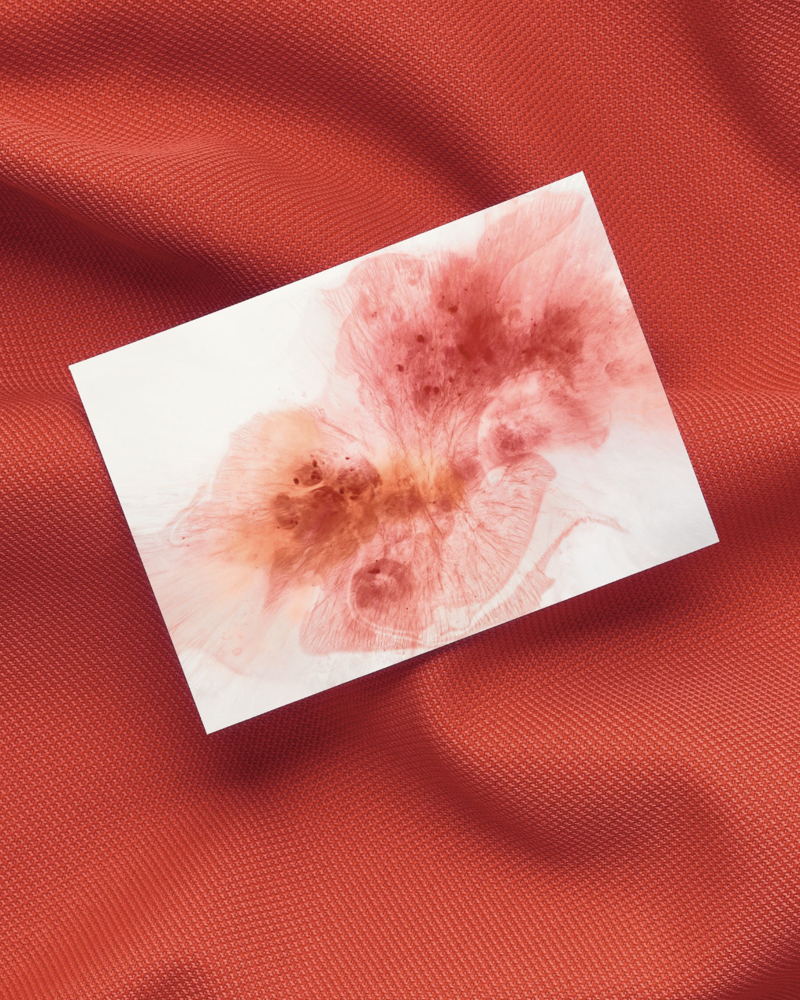
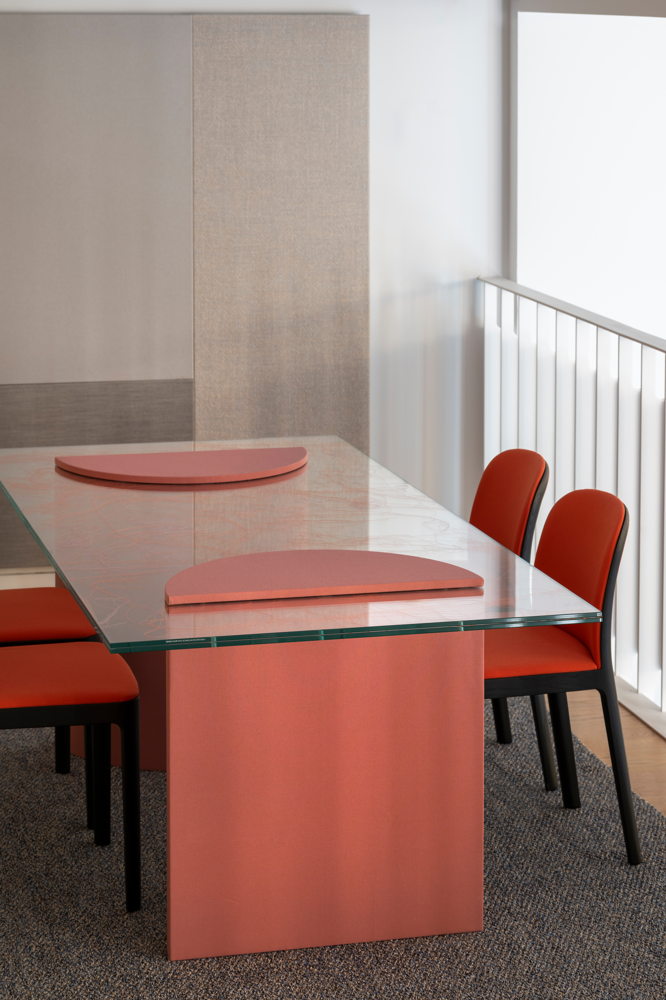-LOW_SRGB_JPEG-1.jpg)
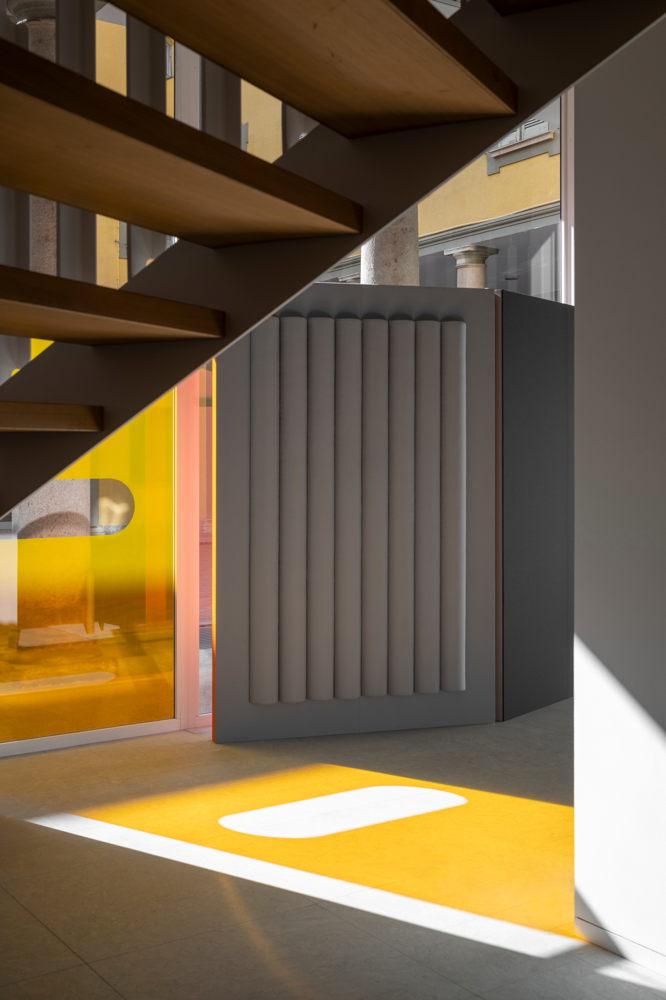-LOW_SRGB_JPEG.jpg)
